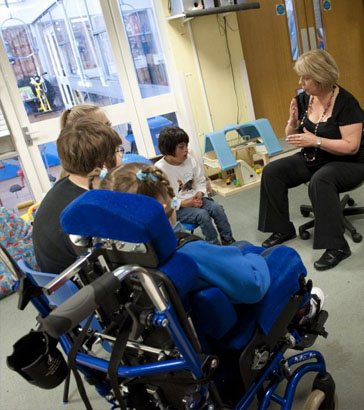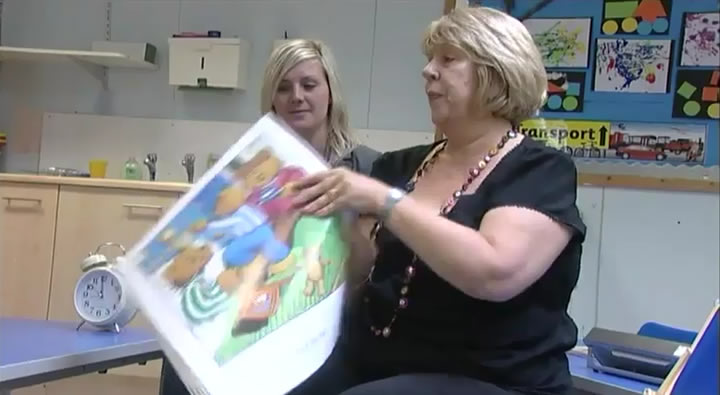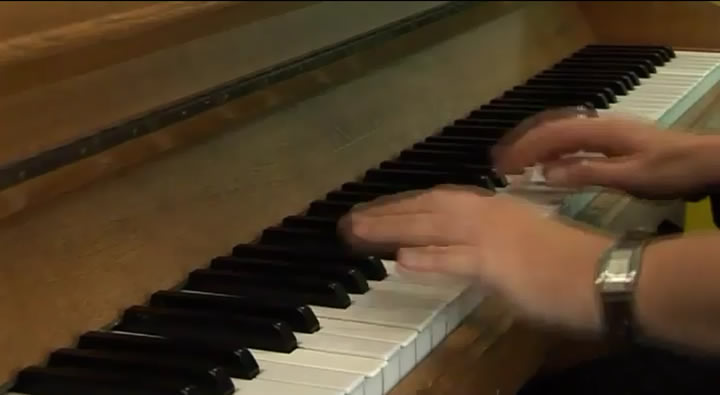
When stories are repeated, children become familiar with their structure and vocabulary.
Although stories and poetry can be made up of complex language, children with learning difficulties do not have to understand every word. Indeed the most important aspects of stories and poetry for children with learning difficulties are:
- Lyrical
- Emotional
- Sensory
Watch this video in which a class teacher explains how a sensory story helps include all pupils and how the approach can help pupils make progress in developing communication skills.

Use the following strategies to make engagement with texts more meaningful:
- Sensory – use of taste, smell, touch, sights, sounds.
- Rhythm and sound – strong patterning, contrasts in loud/soft, short/long.
- Refrains – repetitive elements, as in ballads, traditional tales, songs.
- Dramatic – teacher in role as a character, exaggeration of meaning through intonation, gesture, expression.
Watch this video in which a speech and language therapist narrates 'Jack and the Beanstalk' to a group of children.
Note the use of:
- A simplified storyline;
- Signed key words;
- Objects; and
- Emotions mirrored through piano accompaniment.
Watch this video clip in which Keith Park, a teacher, explains how a call and response approach to story-telling and drama can help develop communication skills.

Are there ways in which you could exploit more opportunities to develop children's communication through these activities?


